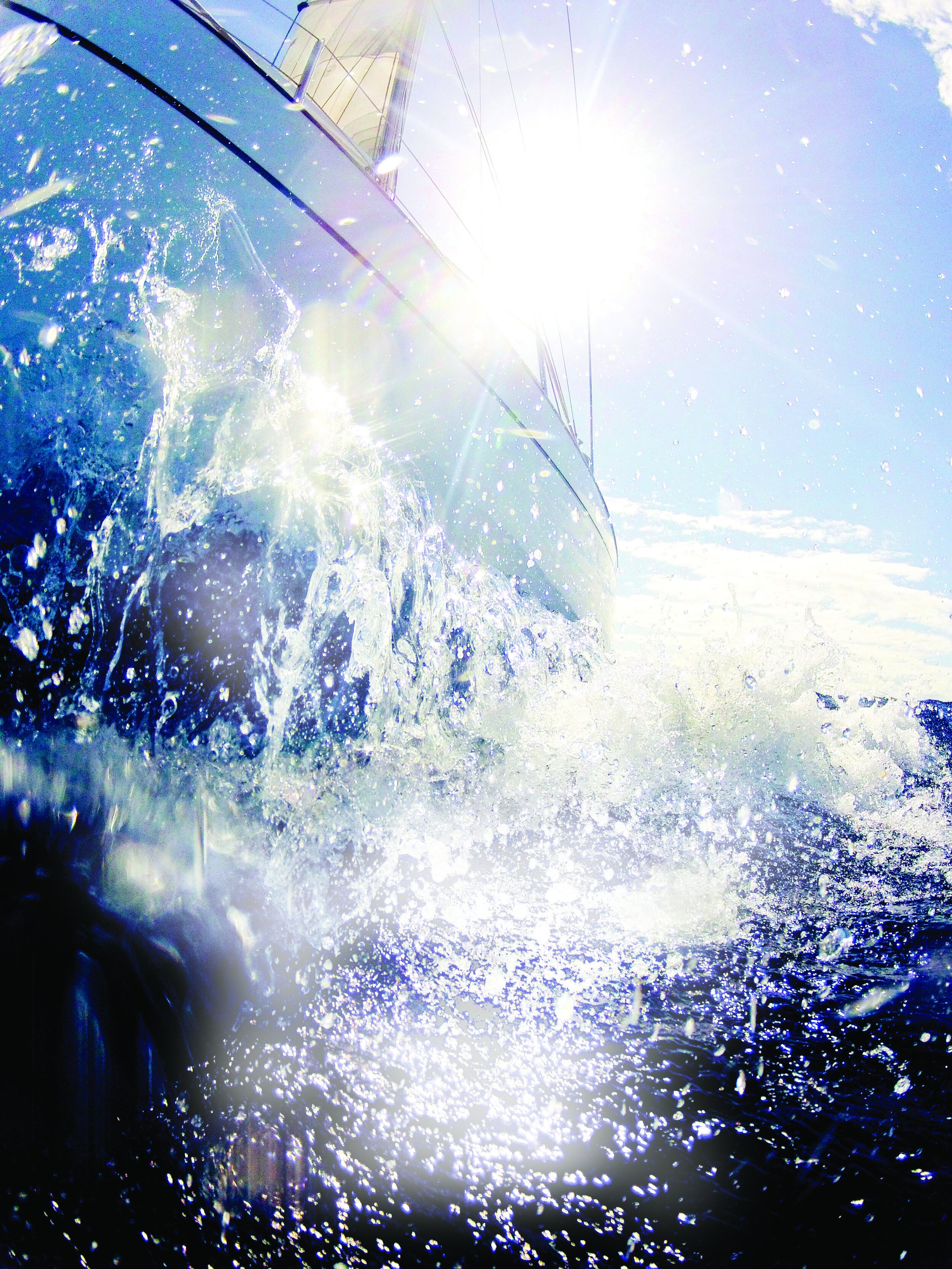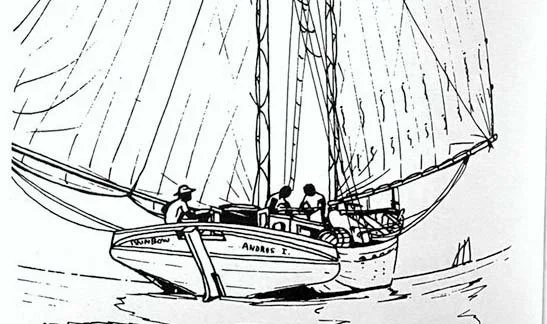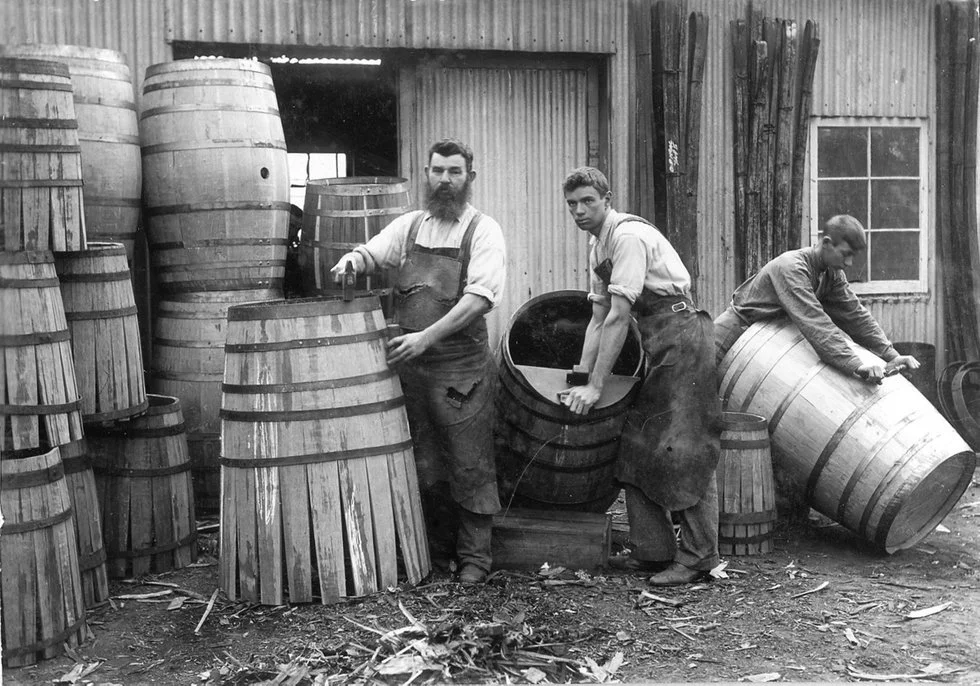
The News, Culture and Practice of Sailing woodenboats
in Australia, New Zealand & The South Pacific.
Anchors and Symbols
Hope that they will not drag, hope that they will enable the vessel to survive the storms that threaten it, and hope that they can successfully be used to kedge the vessel off of the reef or sand bar she has grounded on before the waves break her back.
Land breeze, Sea breeze, Ash breeze
Suppose that you are a fisherman from several centuries past. You have built your boat, sewn her sails and made her cordage. The Land Breeze/Sea Breeze fact-set allows you to go out to sea in the morning with the wind at your back—sailing large, a point of sail also known as a Soldier’s Wind. In this case the land breeze.
The 930-Year-Old Dugout Canoe
Students of dugout sculpting believe that once the tree was felled, it would have been stripped of all its bark, then have its future top and bottom surfaces determined by its curvature, if any.
“Sail she by da leech, mon!”
Emiliano Marino states categorically that, “Flat is faster and less powerful, Full is slower and more powerful.” I understand this to be a simplified description of the aerodynamics of sails made by a master sailmaker.
The Original, Centuries Old, Cargo Shipping Container
They sit flat and stable on the deck, their convex sides, called “bilge,” give protection from bumps and pressure. They can be stored upright in cargo holds and still have air circulating around their curved sides. They can also be made from varieties of a widely available and sustainable material called “wood”.






